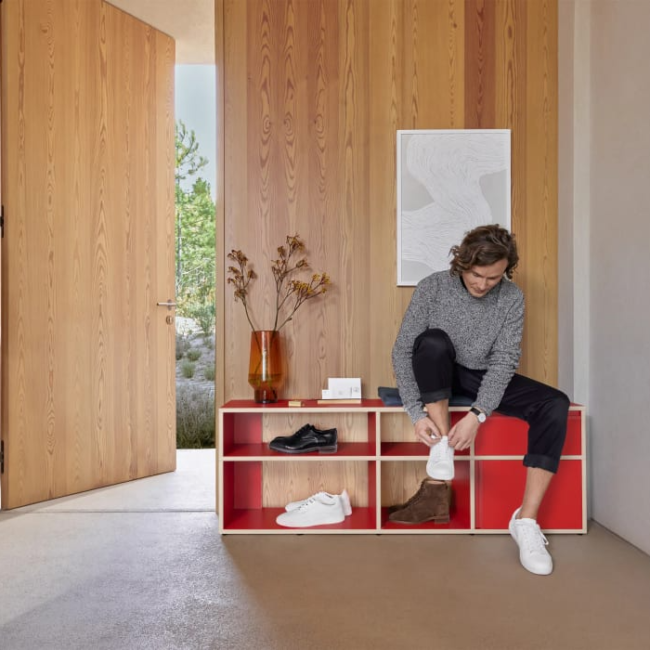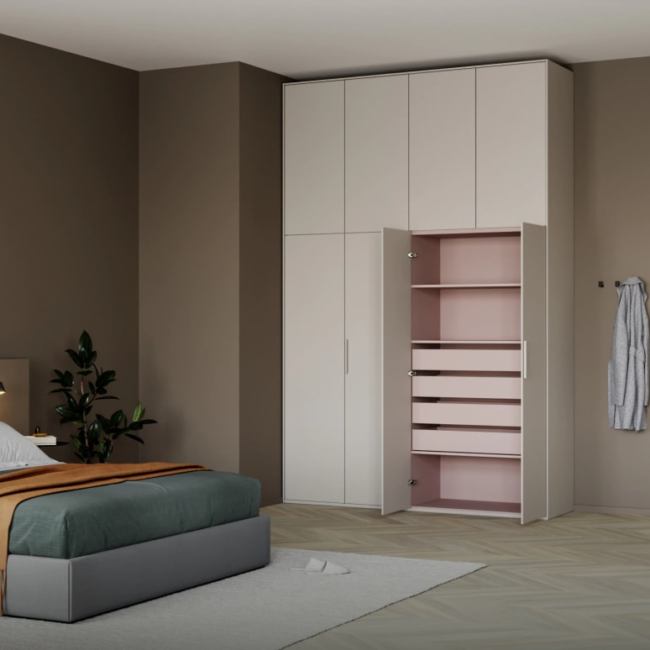December 12, 2021
The Evolution of the Modern Living Room
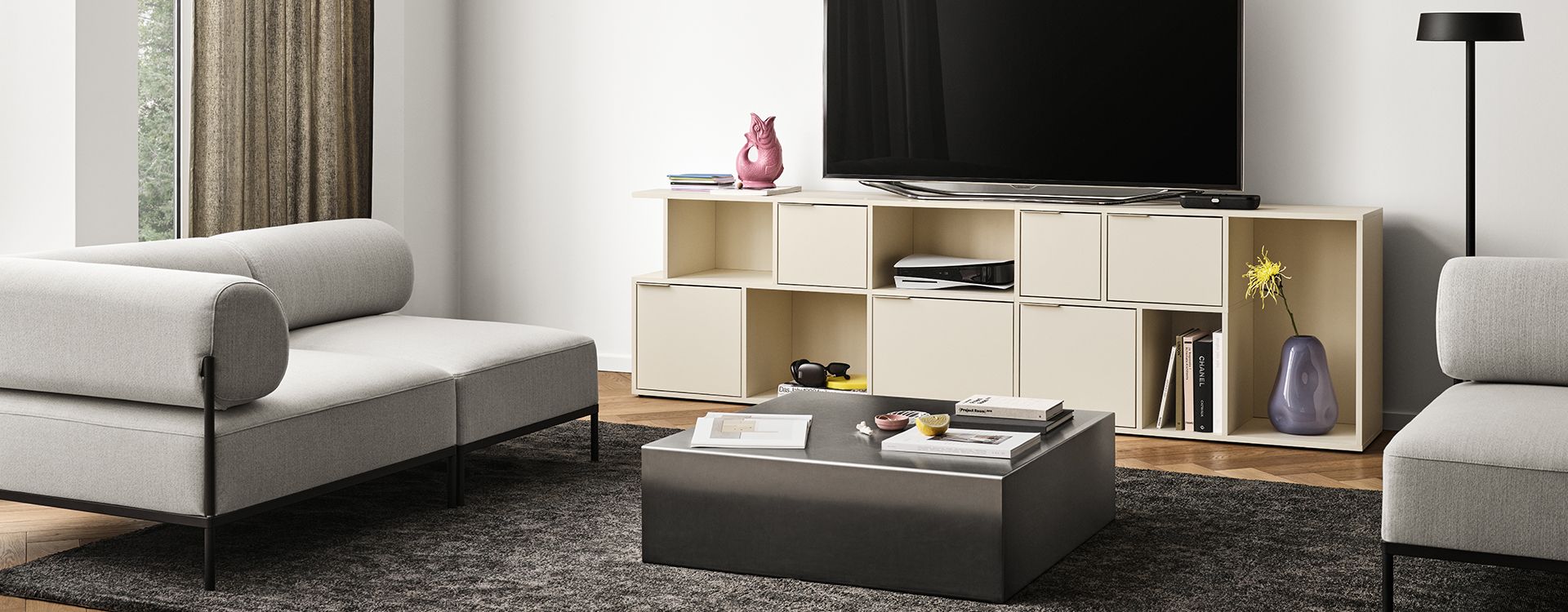
Spending so much time in the home, it’s easy to believe that our four walls are simply just a place to pass time in between work and play. Where we live represents familiarity and cosiness, but our abodes actually signify so much more. Nothing reflects the changing times better than the way we order our homes and in particular, the space where we gather together: the living room.
The living room is the social hub of a house, a communal meeting place whose central goal is to provide a place for leisure, a break from the stresses and strains of the outside world. But where did this idea of a room solely for relaxation come from?
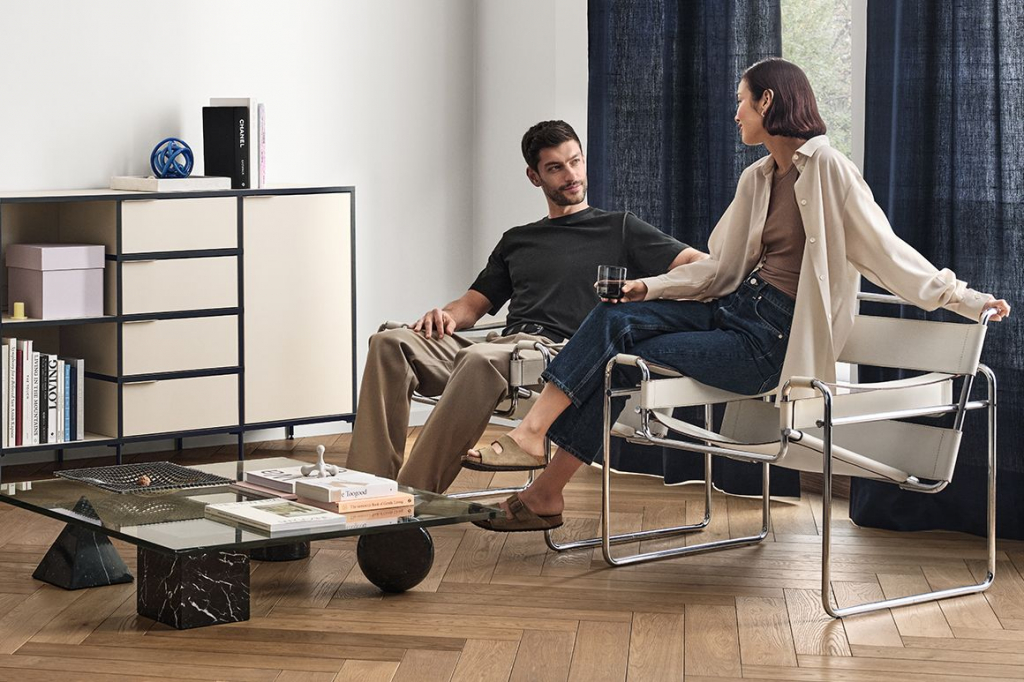
The Living Room Renaissance
While many ancient cultures across the globe had their own version of communal leisure spaces, many point to the renaissance period as the dawn of the modern era of the living room. A rich period of innovation in art and culture, leisure time took on a new importance, an appreciation for an aesthetic of refined comfort in the home became a symbol of an enlightened and cultured outlook.
This movement swept across Europe and would leave a lasting mark, tastemakers across the region’s capitals led the way, with the Royal houses at the forefront. Rejecting the formality of his predecessors, France’s Louis XV transformed the Palace of Versailles with the introduction of spaces designed specifically for relaxed living. While the glitz and grandeur of course remained, the monarch was keen to swap rigid formality for a life focused on leisure and his home would be a reflection of this. This trend would spread rapidly across the globe, a new era of home leisure and the history of the living room had begun.
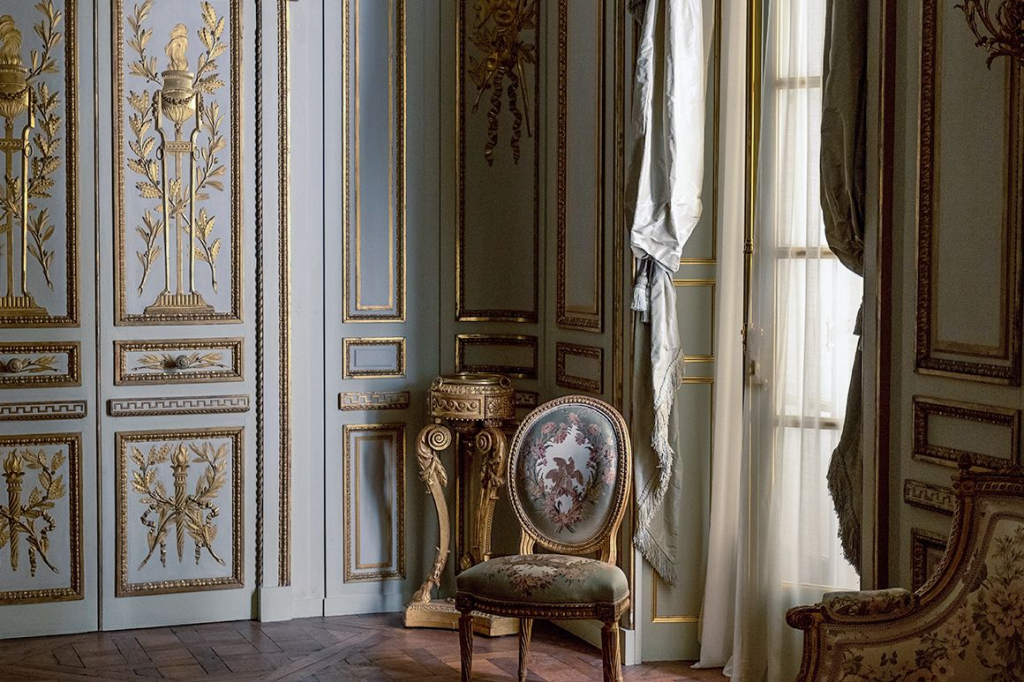
Less Work, More Play
Of course, these pleasure palaces were a thing of a small elite, the ordinary man and woman on the street living in vastly different circumstances, their homes generally reserved for practical and domestic matters – places to eat and sleep before returning to hard manual work. However, the industrial revolution signalled a change in people’s circumstances, giving workers a little extra time to take in hobbies and leisure activities, living rooms becoming home to card games, reading and catch up conversations.
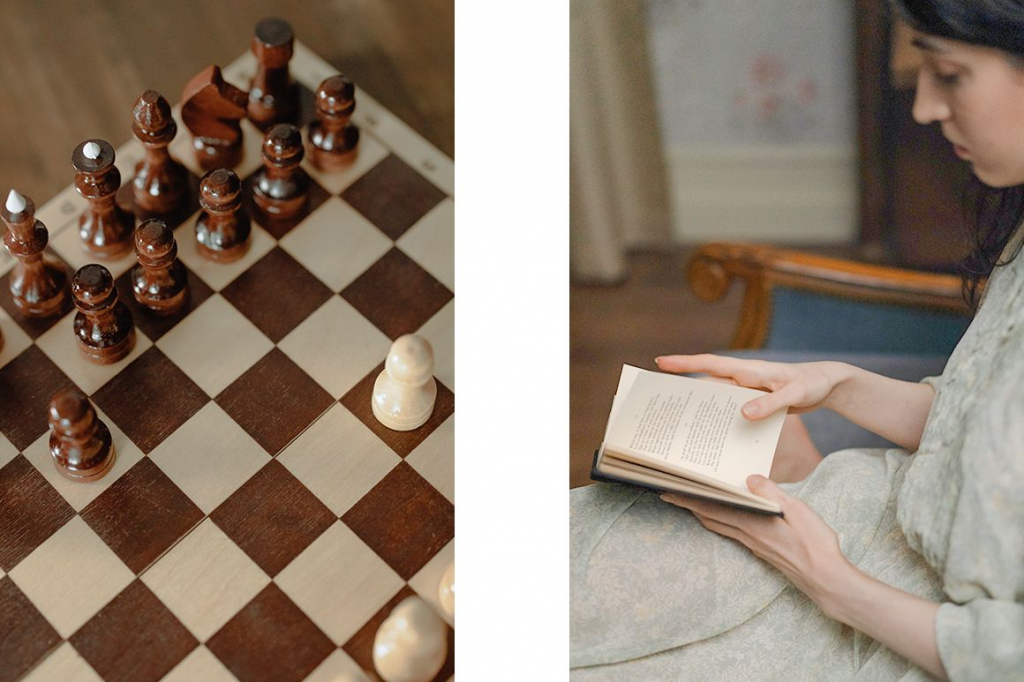
Radio Days – 1930’s and 1940’s Living Room
Fast-forward to the twentieth century and we start to see the beginnings of the modern living room of the people. Technology would change the face of this sitting room, turning it from just another space in the house to a true entertainment hub. The golden age of the radio in the 30’s and 40’s was the first major technological leap to find itself in the home. Placed proudly in the living room, families would gather together to catch the latest news and entertainment beamed straight into their homes.
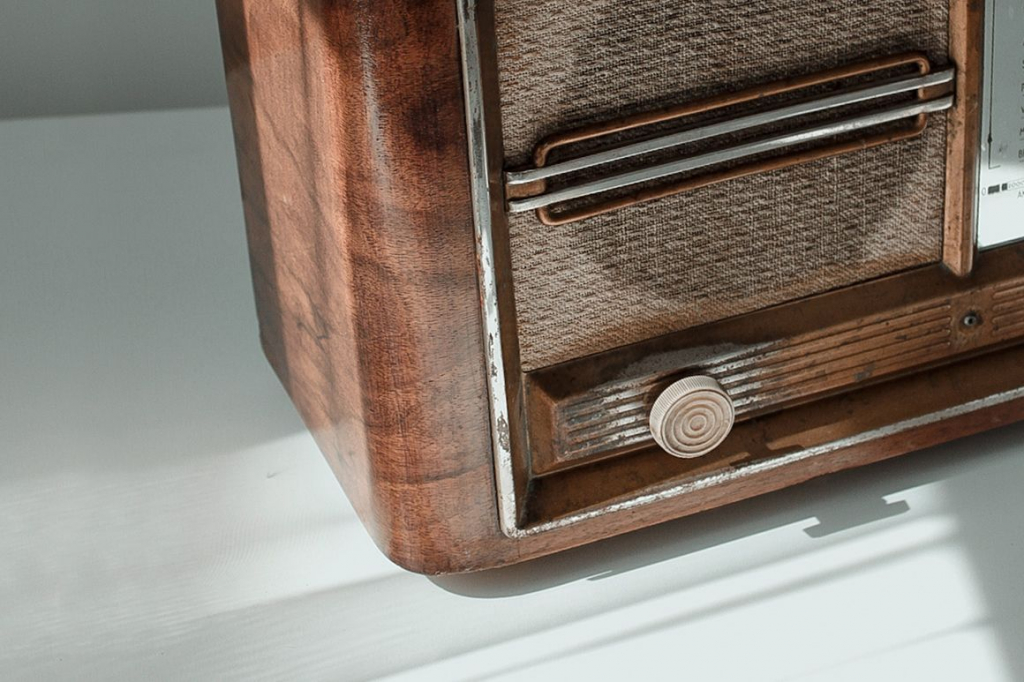
The Birth of the Modern Living Room
The post-war period signalled rapid change in the home. After years of rationing and rallying around the war effort were over, people across the globe were hungry for a fresh era of fun and personal freedom. With the rise of factory and office work, free time increased and the home became a place of play and relaxation. The 50’s marked a revolution in the modern living room and this was predominantly thanks to an innovation that would go on to change the world: the television. A status symbol, this new invention would become more readily available in the ‘50s meaning that, as well as gathering around the big screen in a movie theatre, families could now come together around the small screen in their very own home.
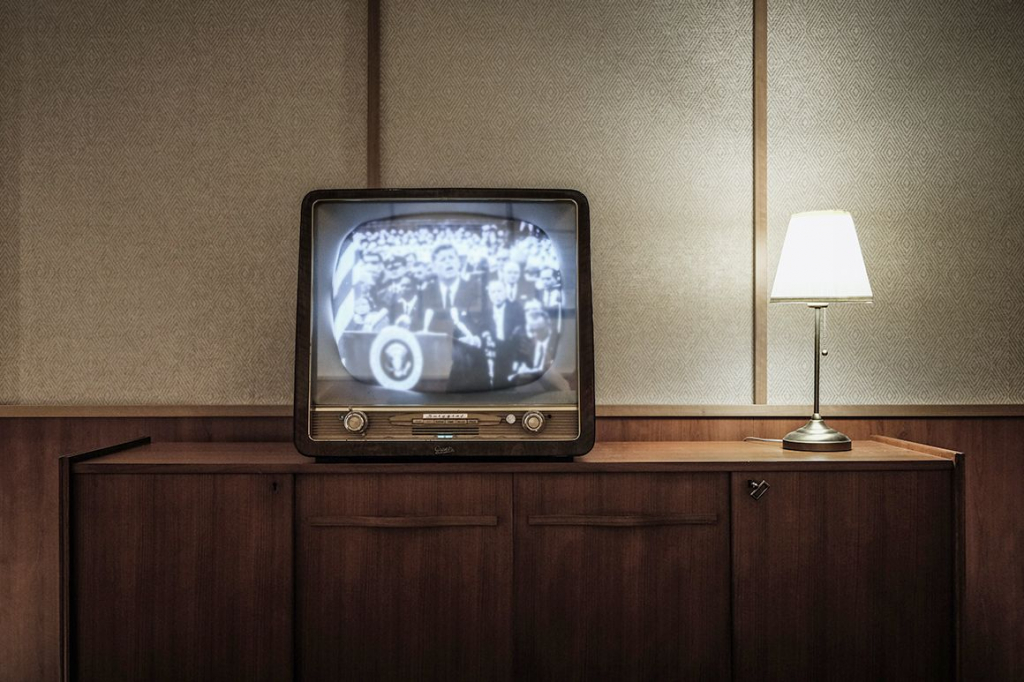
A New Way of Living
During the 50’s and 60’s the living room became the most important space in the house as young and old gathered in front of this incredible new technology. From the moon landing to the World Cup final, major moments would be beamed straight into the home. As a result, the space and the furniture that filled it had to change.
Everything would now point towards this glowing box. Sofas and armchairs became large and comfortable as people sat for hours in front of the television. As more time was spent in the living room, more attention would be paid to decorative elements in the room, from fancy cushions to soft, comfortable carpets. The TV set itself would be built into a wooden cabinet, becoming its own piece of furniture – simple or ornate, whichever a homeowner chose, this new addition to the family transformed the modern living room into the social heart of the home and paved the way for a modern interior design.
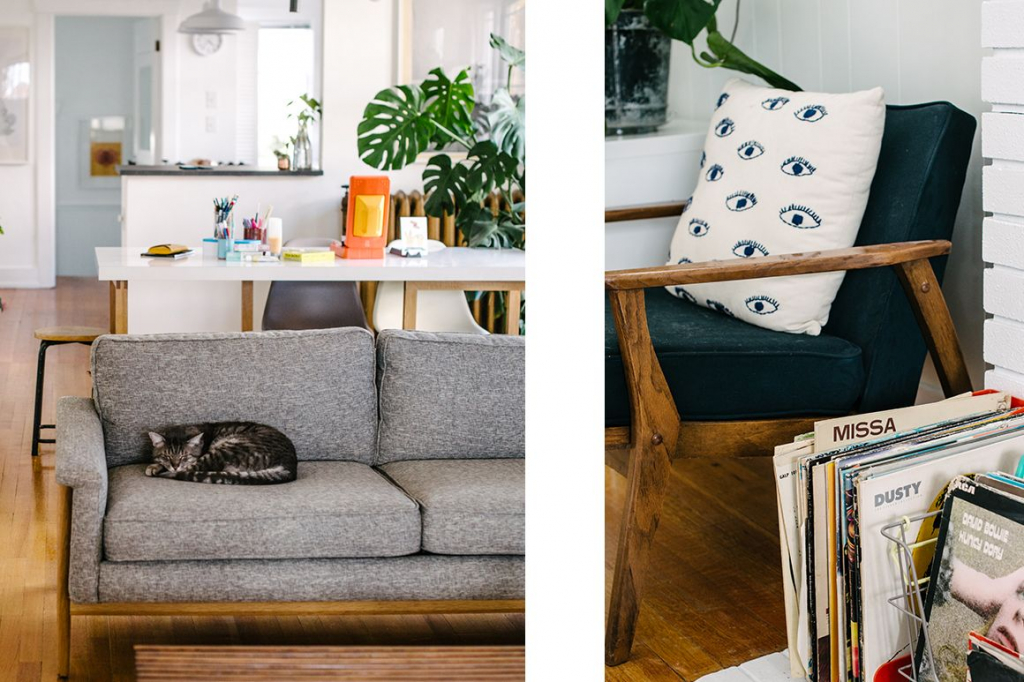
From Sitting Room to Home Arcade
The 80’s saw yet another technological leap with the advent of gaming. Whereas kids and adults alike had previously gathered around arcade machines in local malls or cinemas, tech such as the 8-bit Nintendo Entertainment System (NES) introduced in 1985 would bring the fun directly into the home with games like Super Mario and Sonic the Hedgehog. These systems would plug straight into the television, once again drawing friends and family into the living room.

The Living Room of Today
As time moved on little changed in terms of the living room set-up. TVs kept getting bigger with TV stands to match, gaming became mainstream and sofas continued to be pointed in one direction. While these constants remained, the twentieth century has seen the living room take on new functions. City living has seen homes getting smaller and smaller, requiring the living room to become a multi-functional space. As well as a place to gather, it became a dining room, an occasional guest bedroom and, in the age of working from home, now for many also functions as a home office.

Shared homes have become the norm, with living rooms becoming a place that must work for multiple occupants. Gone are the rows of over-personalised momentos, family photographs and portraits – minimalism in the living room has become a major trend that has allowed the space to feel open and welcoming to everyone. In turn, furniture has become simple, modular, light and functional, easy to disassemble when its owners move on.
No matter what the future holds for the living room, one thing’s for sure, it will remain the heart and soul of the home, a response to the human need to gather together.

